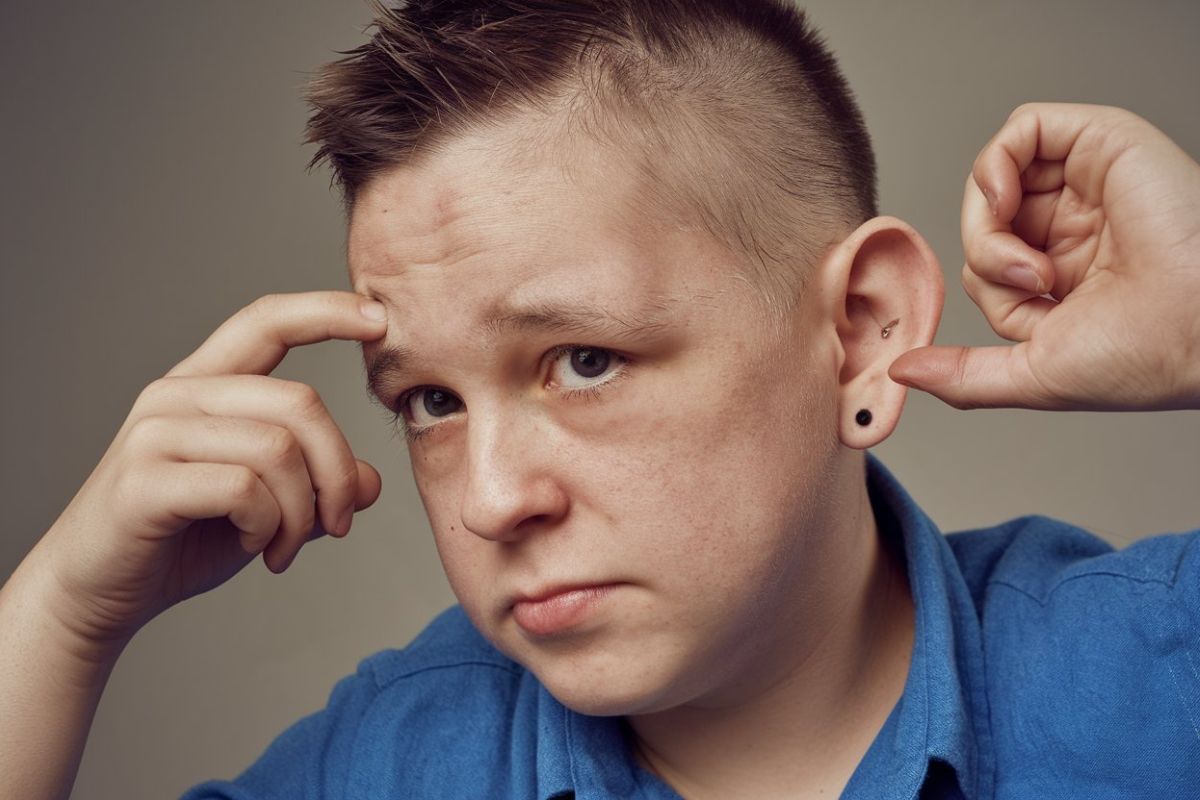
Oculo-Auriculo-Vertebral Spectrum (OAVS), also known as Goldenhar Syndrome, is a rare congenital condition. Affecting the development of the eyes, ears, and spine, it presents unique challenges. What causes OAVS? The exact cause remains unknown, but researchers believe a mix of genetic and environmental factors play a role. Symptoms vary widely, from mild facial asymmetry to severe spinal deformities. Early diagnosis and intervention are crucial for managing the condition effectively. Treatment often involves a multidisciplinary approach, including surgery, speech therapy, and hearing aids. Understanding OAVS can help provide better support for those affected and their families.
Key Takeaways:
- Oculo-Auriculo-Vertebral Spectrum (OAVS) is a rare disorder affecting the eyes, ears, and spine, with symptoms like facial asymmetry, hearing loss, and heart defects. Early diagnosis and multidisciplinary care are crucial for managing OAVS.
- Individuals with OAVS may need surgeries, hearing aids, speech therapy, and emotional support to lead fulfilling lives. Research and support groups play a vital role in understanding and managing this complex condition.
What is Oculo-Auriculo-Vertebral Spectrum?
Oculo-Auriculo-Vertebral Spectrum (OAVS) is a rare congenital disorder affecting the development of the eyes, ears, and spine. It is also known as Goldenhar Syndrome. This condition can vary greatly in severity and presentation.
- OAVS affects approximately 1 in 5,600 to 26,000 live births worldwide.
- The condition was first described by Dr. Maurice Goldenhar in 1952.
- OAVS is more common in males than females, with a ratio of about 3:2.
- The exact cause of OAVS is unknown, but it is believed to involve both genetic and environmental factors.
- OAVS can occur sporadically or be inherited in an autosomal dominant or recessive pattern.
Symptoms and Physical Characteristics
Individuals with OAVS can exhibit a wide range of symptoms and physical characteristics. These can affect various parts of the body, leading to unique challenges for each person.
- Common symptoms include facial asymmetry, where one side of the face is underdeveloped.
- Microtia, a condition where the external ear is small and malformed, is frequently seen in OAVS patients.
- Some individuals may have preauricular tags or pits, which are small skin tags or indentations near the ears.
- OAVS can cause hearing loss due to abnormalities in the middle and inner ear structures.
- Eye abnormalities, such as coloboma (a gap or defect in the eye structure), are also common.
- Some individuals may have epibulbar dermoids, which are benign growths on the surface of the eye.
- Cleft lip and/or palate can occur in some cases, affecting speech and feeding.
- Vertebral anomalies, such as scoliosis or fused vertebrae, are often present in individuals with OAVS.
- Some patients may have heart defects, including ventricular septal defects or tetralogy of Fallot.
Diagnosis and Testing
Diagnosing OAVS involves a thorough clinical evaluation and various tests to identify the specific anomalies present.
- Diagnosis is often made based on physical examination and medical history.
- Imaging studies, such as X-rays, CT scans, or MRIs, can help identify skeletal and soft tissue abnormalities.
- Hearing tests are essential to assess the extent of hearing loss and plan appropriate interventions.
- Genetic testing may be recommended to identify any underlying genetic mutations associated with OAVS.
- Prenatal diagnosis is possible through ultrasound, which can detect some physical anomalies before birth.
Treatment and Management
Managing OAVS requires a multidisciplinary approach, involving various specialists to address the diverse symptoms and challenges.
- Surgical interventions may be necessary to correct facial asymmetry, ear abnormalities, or cleft lip/palate.
- Hearing aids or cochlear implants can help improve hearing in individuals with hearing loss.
- Speech therapy is often needed for those with speech and feeding difficulties.
- Orthopedic interventions, such as bracing or surgery, may be required to manage spinal abnormalities.
- Regular eye examinations are crucial to monitor and treat any eye-related issues.
- Cardiac evaluations and interventions may be necessary for individuals with heart defects.
- Psychological support and counseling can help individuals and families cope with the emotional and social challenges of OAVS.
Living with OAVS
Living with OAVS can be challenging, but with proper care and support, individuals can lead fulfilling lives.
- Early intervention and a personalized treatment plan are key to improving outcomes for individuals with OAVS.
- Support groups and online communities can provide valuable resources and connections for families affected by OAVS.
- Educational accommodations may be necessary to support children with OAVS in school.
- Ongoing research aims to better understand the causes of OAVS and develop more effective treatments.
Final Thoughts on Oculo-Auriculo-Vertebral Spectrum
Oculo-Auriculo-Vertebral Spectrum (OAVS) is a complex condition affecting the development of the eyes, ears, and spine. Understanding its causes, symptoms, and treatment options can help those affected manage their condition better. Early diagnosis and intervention are crucial for improving quality of life. Genetic factors play a significant role, but environmental influences can't be ignored. Treatment often involves a multidisciplinary approach, including surgery, therapy, and regular monitoring. Support from healthcare professionals and patient communities can make a big difference. Staying informed and proactive is key. Remember, each case is unique, and personalized care plans are essential. By spreading awareness and knowledge, we can support those living with OAVS and their families.
Frequently Asked Questions
Was this page helpful?
Our commitment to delivering trustworthy and engaging content is at the heart of what we do. Each fact on our site is contributed by real users like you, bringing a wealth of diverse insights and information. To ensure the highest standards of accuracy and reliability, our dedicated editors meticulously review each submission. This process guarantees that the facts we share are not only fascinating but also credible. Trust in our commitment to quality and authenticity as you explore and learn with us.
